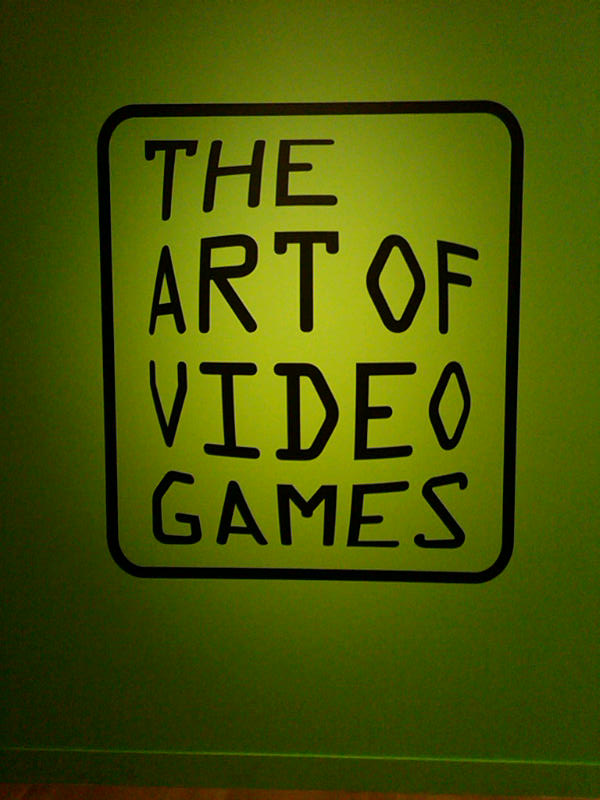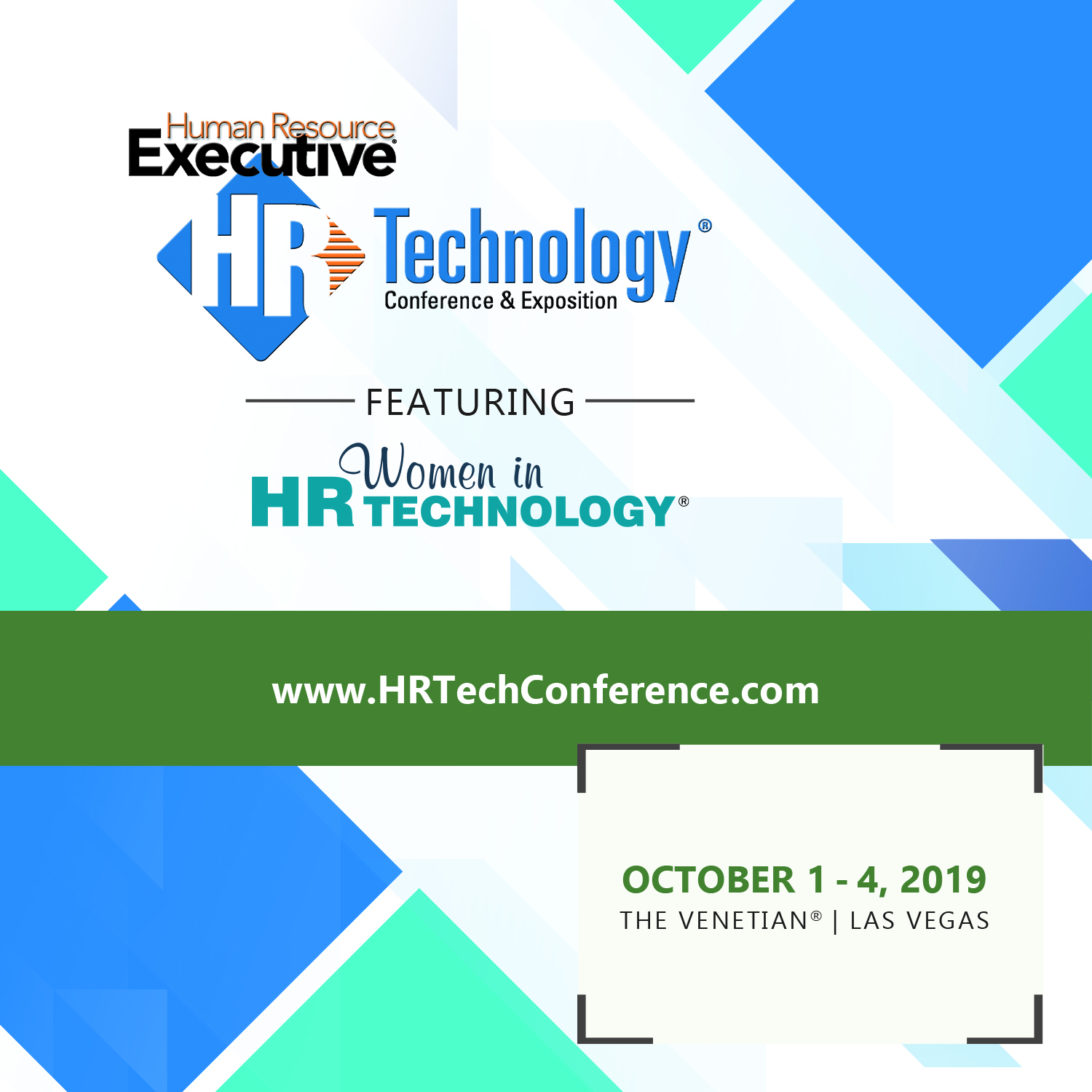Spring Break #4 - The Art of Video Games
This is the final Spring Break 2012 dispatch and I wanted to share what I thought was one of the coolest things I saw this week in Washington, DC, the Art of Video Games exhibit at the Smithsonian American Art Museum.
As the exhibit's website describes - 
Video games are a prevalent and increasingly expressive medium within modern society. In the forty years since the introduction of the first home video game, the field has attracted exceptional artistic talent. An amalgam of traditional art forms—painting, writing, sculpture, music, storytelling, cinematography—video games offer artists a previously unprecedented method of communicating with and engaging audiences.
The Art of Video Games is one of the first exhibitions to explore the forty-year evolution of video games as an artistic medium, with a focus on striking visual effects and the creative use of new technologies. It features some of the most influential artists and designers during five eras of game technology, from early pioneers to contemporary designers. The exhibition focuses on the interplay of graphics, technology and storytelling through some of the best games for twenty gaming systems ranging from the Atari VCS to the PlayStation 3.
And thinking beyond the artistic and technological breakthroughs in video game design and development, it probably is also worth considering the medium's impact on a generation (or two), of gamers. We have already seen several elements of video gaming work their way into more corporate or mainstream practices - interactive candidate assessments, sophisticated video game-like training programs that are commonly used in military or other technical arenas, and of course the entire 'gamification' industry that if you believe the hype, might turn almost every workplace action into some kind of contest with badges, leaderboards, or prizes.
Some reports claim that worldwide as many as half a billion people a day spend time playing video games, and that 99% of boys under 18 and 94% of girls under 18 report playing video games regularly. Whether or not those statistics are precise doesn't really matter, the larger point worth considering for those of us interested in creating great workplaces and attracting great talent is that chances are quite high that the talent you will be recruiting and working with today and in the future has grown up in the video game culture.
Does that matter at all? Do you care as a HR or Talent pro? Should you?
I guess it is hard to say, I'd love for you to offer your take if you have thought about some of these larger trends in your work in HR and Talent Management.
Regardless, the Art of Video Games exhibit was quite cool and I do recommend stopping in the next time you find yourself in Washington.
Have a great weekend!

 Steve
Steve


